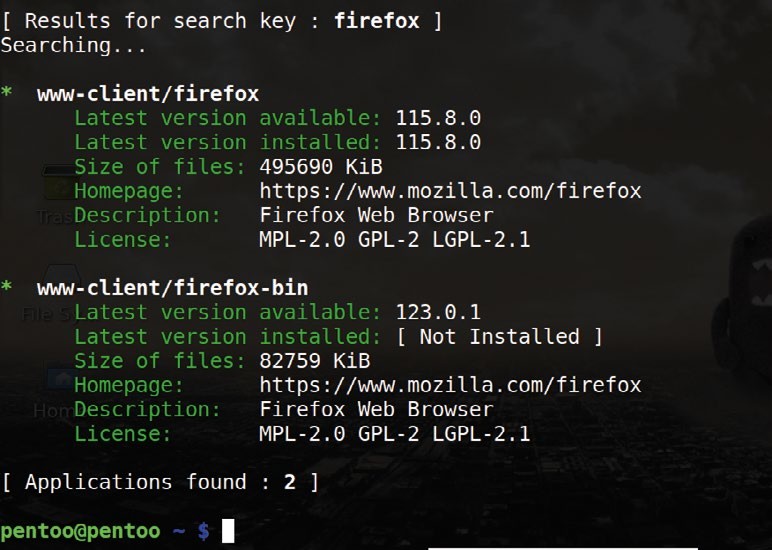
Gentoo-based distros work a bit differently from those derived from Debian or Red Hat in the areas of package management and system configuration, and tend to be a bit more complicated.
These distros are focused on a technical area of computer use, penetration testing, but that doesn’t mean they’re T not suitable for beginners in this discipline.
It’s not much of a surprise that a Gentoo-based distro like Pentoo is more complicated to use. Even installation requires some extra know-how. When Pentoo is booted, it doesn’t automatically start the graphical environment, and the network is disabled. The icon to enable networking wasn’t added to the desktop once we’d carried out an HD installation (a bug?), so we had to look online, on another computer, to find the command to get networking going. Gentoo is great, but it’s less well known than the Debian or Red Hat-derived distros, so the average Linux user would have to learn how to use the package management and other administrative functions that are specific to Gentoo.